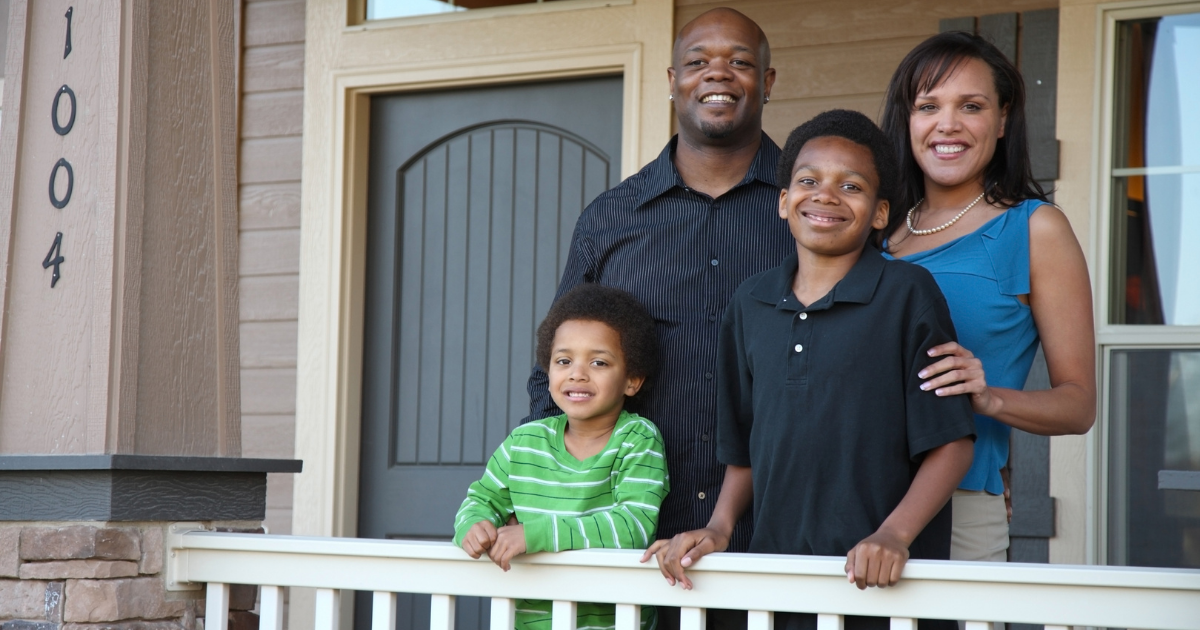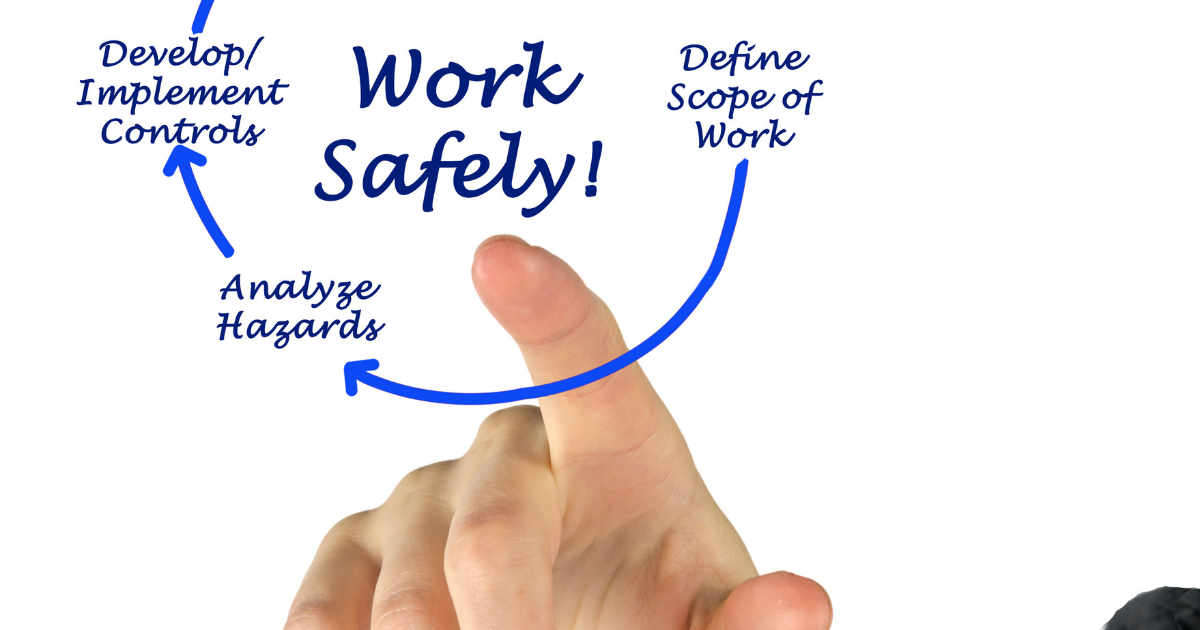
Why do dogs eat grass?
Why do dogs eat grass? 6 reasons your pooch is munching on your lawn, from anxiety to worms
- Your dog might be eating grass because it provides a source of fiber in their diet.
- Dogs may also eat grass when their stomach is upset since it can make them throw up.
- Grass-eating is a habit that dogs may have inherited from wolves, so some pups just like the taste.
Nearly 80% of dogs who have access to grass will occasionally eat it.
Researchers still don’t know exactly why dogs eat grass, but there are many theories, like getting rid of worms or calming their anxiety.
Note: Most of the time, grass-eating isn’t a problem, but if your dog starts overeating grass and vomiting, you should see your vet.
Here are six reasons your dogs eat grass and when you should be concerned about it.
1. They need more fiber in their diet
There’s no single answer to why dogs eat grass, but some experts believe that dogs may be craving a nutritional component like fiber.
Grass may be “providing trace elements or vitamins that are missing in your dog’s diet,” says Jeannine Berger, DVM, Senior Vice President of Rescue and Welfare at San Francisco SPCA.
There are no studies proving that dogs with low-fiber diets eat more grass. However, there is some anecdotal evidence that dogs stop eating grass when their owners feed them a high-fiber diet, says Nicholas Dodman, BVMS, DACVB, president of the Center for Canine Behavior Studies.RELATED5 ways to fix your dog’s constipation
If your dog isn’t getting enough fiber, they may show symptoms like:
- Diarrhea
- Constipation
- Blocked anal glands, which can cause your dog to scratch their backside on carpets or leak a foul odor
- Obesity
If you see these signs along with grass-eating, talk to your vet about whether you should adjust your dog’s diet.
2. Their stomach is upset
The fiber in grass may help food move more easily through your dog’s gut. Because of this, “grass might also help if your dog is dealing with underlying gastrointestinal disease, like inflammatory bowel disease,” Berger says.
Perhaps due to instinct, some dogs have learned that eating grass may also soothe their acid reflux, Dodman says. And this makes sense, since grass contains pectin, a type of fiber that can help treat acid reflux in humans.
“If dogs have a bad feeling in their stomach, they may eat grass to make themselves throw up and feel better,” Dodman says. However, vomiting might not be the main reason dogs eat grass — a small 2008 study found that only 22% of dogs who ate grass tended to vomit afterward.
If your dog is regularly eating grass to the point of vomiting, Berger says to call your vet, as this can be a sign of underlying disease like intestinal issues, cancer, or liver disease.
Besides eating grass, other signs that your dog has an upset stomach include:
- Vomiting or diarrhea
- Licking their lips or licking the air
- Gulping
- Loss of appetite
If your dog has an upset stomach, you can also try feeding them mild foods like boneless, skinless chicken and rice. If it doesn’t get better after a couple days, call your vet.
3. They’re anxious
Click here for the rest of the story…



























































